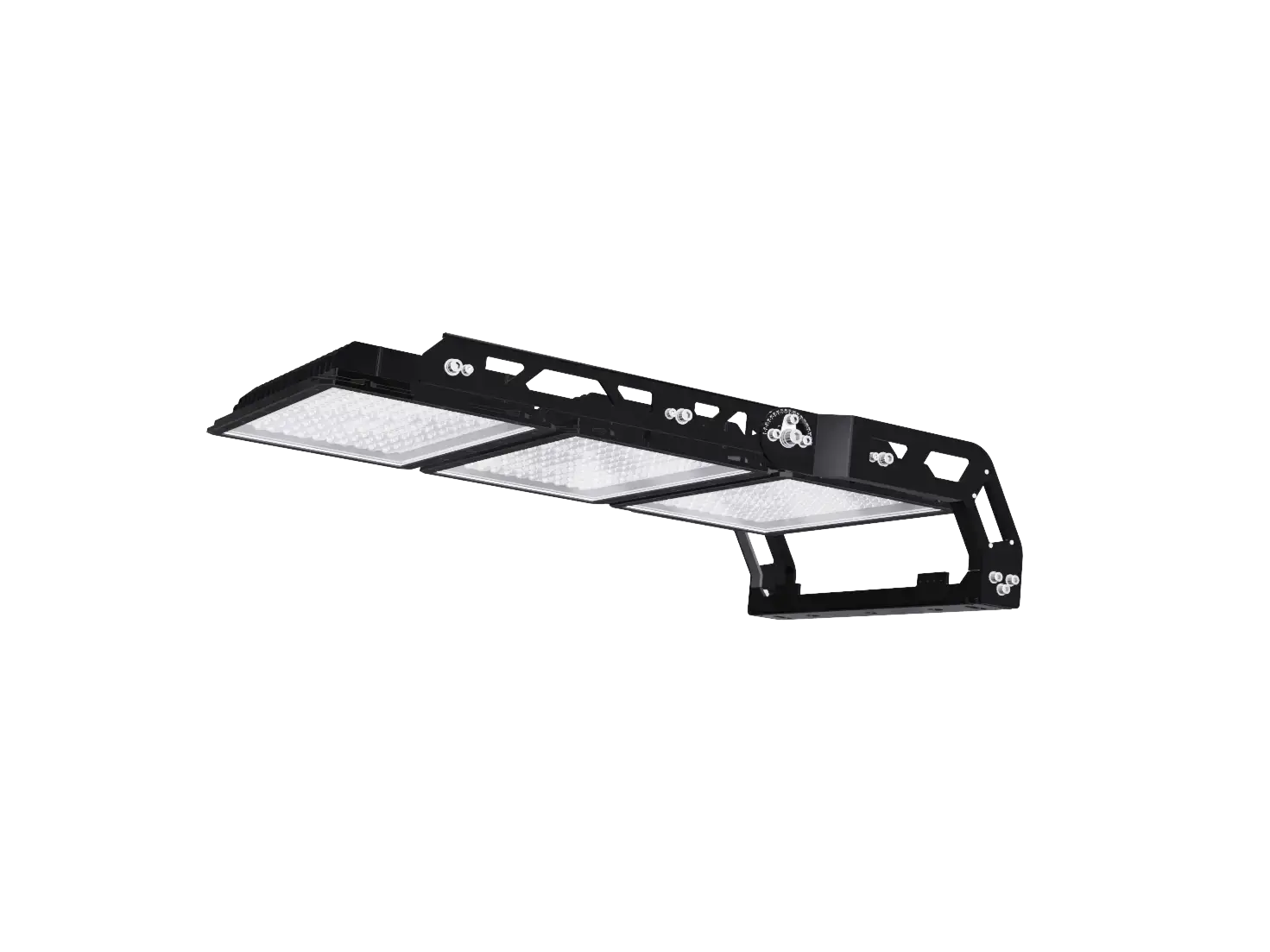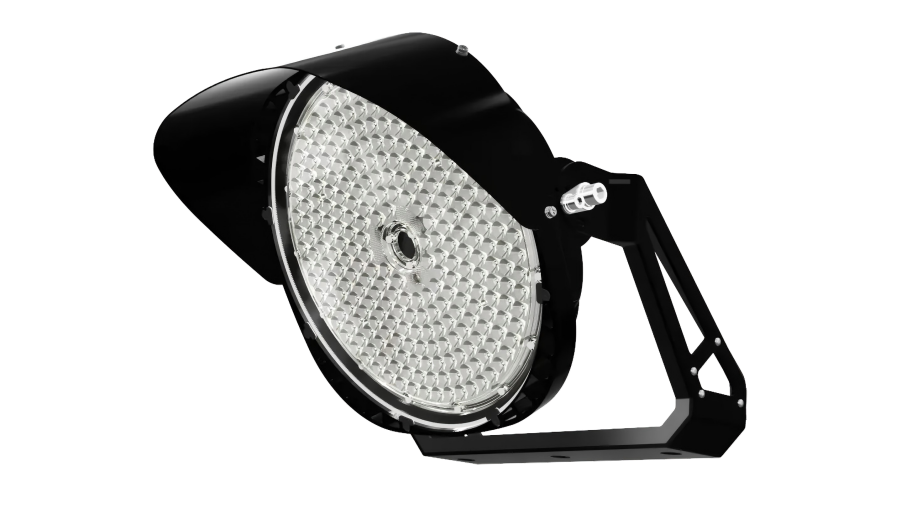Baseball and Softball Field Lighting: Standard, Layout, Dimensions
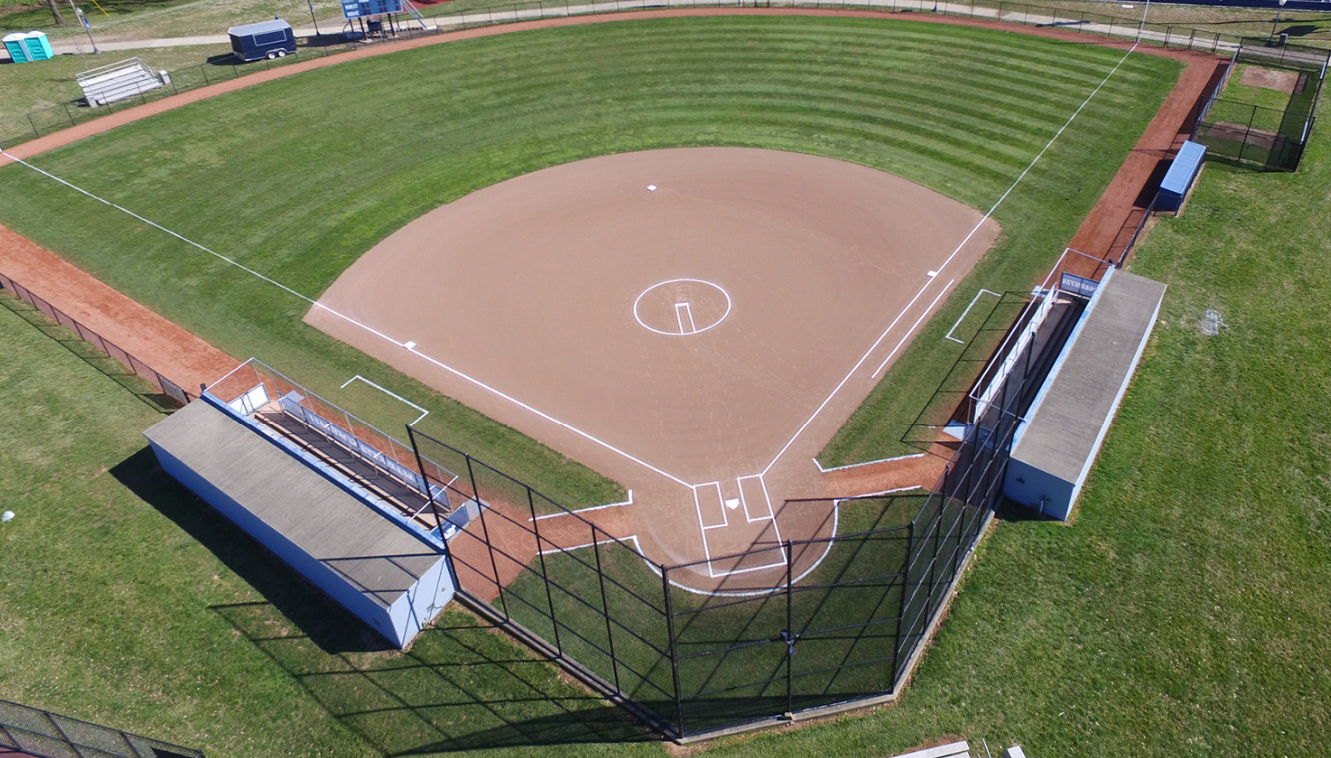
Directory:
1. Dimensions of Baseball and Softball Fields
2. Lighting Standards for Baseball and Softball Fields
3. Variations in Lighting for Baseball and Softball Fields
4. Lighting Fixture Layout for Baseball and Softball Fields
1. Dimensions of Baseball and Softball Fields
Baseball field dimensions: The standard inner field for baseball measures 27.43 meters on each side, while the outer field can theoretically extend indefinitely, necessitating extensive lighting coverage.
Softball field dimensions: The inner field for softball has a side length of 18.29 meters, with the distance from the pitcher's plate to home plate being 12.2 meters (compared to 18.4 meters for baseball). Smaller venues require a more compact lighting arrangement to prevent glare and minimize energy waste from excessive lighting.
2. Lighting Standards for Baseball and Softball Fields
Baseball and softball in the U.S. are well-developed and exhibit a high level of professionalism, with lighting standards that are internationally recognized.
2.1 IES recommended guidelines
The lighting design for baseball and softball fields follows the "IES RP-6-15" guidelines, which emphasize key factors such as illuminance, uniformity, and glare control. For instance, professional baseball games require broadcast-level illumination of 1500-2000 lux, while amateur softball games can be adjusted to 500-1000 lux.
2.2 Uniformity requirements
The standards stipulate that uniform illumination (Uo ≥ 0.7) is necessary to ensure clear visibility for players and spectators. Technologies like baseball trajectory tracking (e.g., Statcast) indicate that high uniformity is crucial for accurately capturing the ball's path, particularly in baseball where pitching speeds are higher.
2.3 Color Temperrature
Whether for standard or high-definition broadcasts, the general color rendering index should be Ra ≥ 65, and the correlated color temperature should range from Tc = 3000K to 6000K.
3. Variations in Lighting for Baseball and Softball Fields
While the lighting standards for both baseball and softball fields are based on the same framework (IES RP-6-15), adjustments in the layout and specifications of lighting fixtures are necessary due to differences in field size, pitching speed, and event level. Professional baseball fields prioritize high illumination and compatibility for broadcasts, whereas softball fields require a more compact design to accommodate their smaller inner fields.
4. Lighting Fixture Layout for Baseball and Softball Fields
The following guidelines should be followed for the arrangement of lighting fixtures in baseball and softball fields:
(1) Lighting fixtures for baseball fields should be set up in a 6-pole or 8-pole configuration, while softball fields should utilize a 4-pole layout. If the canopy meets the requirements, it is recommended to install the lighting fixtures on it.
(2) Light poles should be positioned outside the shaded areas as indicated in Figure 2.
(3) The height of the lighting fixtures must be calculated precisely according to the relevant formulas (refer to Figure 3).
Figure 2 Baseball and softball field lighting pole locations
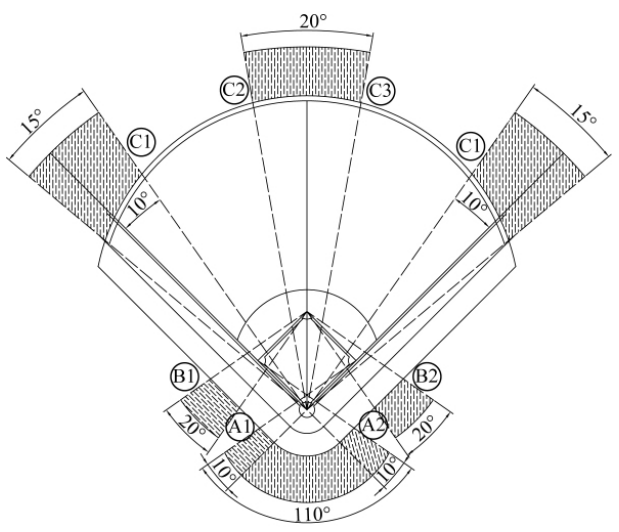
Figure 3 Baseball and softball field light pole height
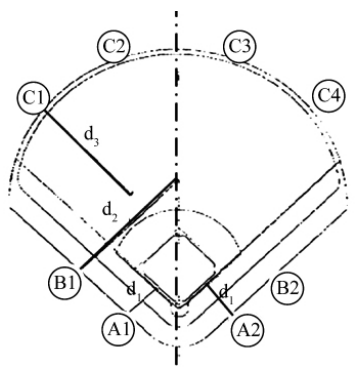
5. Related Product
6. People Also Ask
Q: How Much Does It Cost to Put Lights on a Softball Field?
A: Installing lighting for a softball field involves balancing upfront investments with long-term operational efficiency. While costs vary depending on field size, lighting technology, and infrastructure requirements, insights from sports lighting projects and energy efficiency studies provide a framework for estimating expenses.
Q: How Tall are Softball Field Lights?
A: Recreational/Amateur Fields: 12–15 meters (40–50 feet), Competitive/Collegiate Fields:15–20 meters (50–65 feet),Professional/Stadium Fields:20–25 meters (65–80 feet).
_thumb.jpg)
